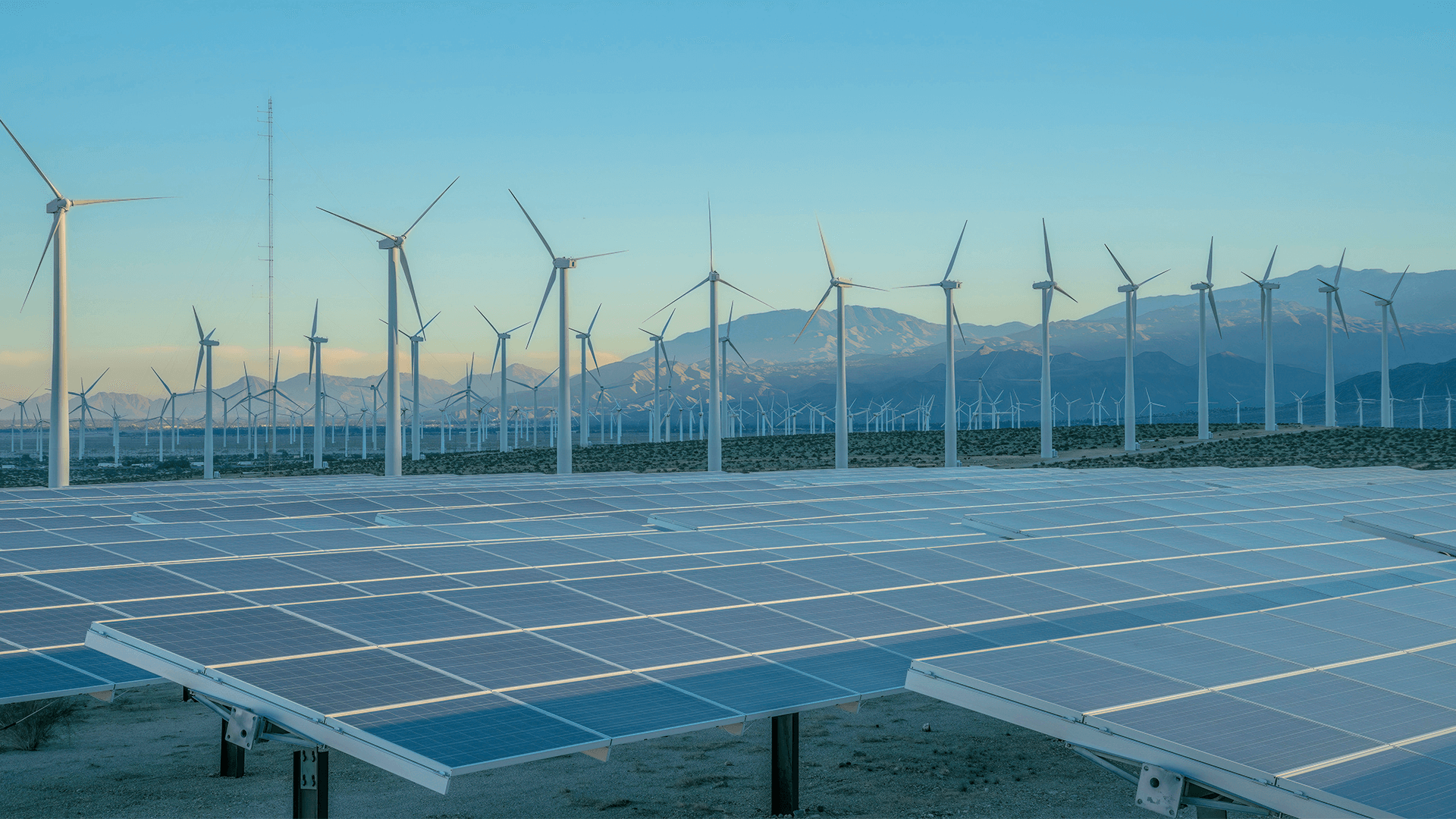
A new study in the Proceedings of the National Academy of Sciences, conducted by an international team of researchers including CGS Senior Fellow Kavita Surana and Assistant Research Professor Kathleen Kennedy, analyzes the impact of direct air capture with carbon storage (DACCS) on emissions reductions. The study found that if DACCS technology is rapidly developed and deployed (at a similar rate to other rapid-growth technologies), it could remove nearly five gigatonnes of carbon dioxide (CO2) by mid-century.
"Assessing the potential for DAACS deployment is essential for an accurate understanding of how it can contribute to decarbonization pathways,” said CGS Assistant Research Professor and study co-author Kathleen Kennedy. “Developing models to represent DAACS growth trajectories will offer policymakers enhanced foresight into not just the potential for DACCS itself, but also the need for other low-carbon technologies, which will allow them to better direct investment to the technologies that need it the most."
Learn more about the research in the full press release below and check out the study here.
_____________
New research shows how important a new climate technology could be if adopted quickly
MADISON, Wis. – Direct air capture with carbon storage (DACCS) could help remove nearly five gigatonnes of carbon dioxide (CO2) by midcentury if the emerging technology, which uses chemicals to capture the heat-trapping gas directly from the air, develops at a rate similar to other technologies that grew quickly in the past. This is according to a new study in the Proceedings of the National Academy of Sciences co-led by Assistant Professor Morgan Edwards of the La Follette School of Public Affairs at the University of Wisconsin-Madison and PhD student Zachary Thomas at the Nelson Institute for Environmental Studies.
The study, conducted by an international team of researchers, finds that DACCS could be an important tool to combat climate change and reach 5 gigatonnes by 2050 in annual removals if it follows the path of rapid-growth technologies such as solar photovoltaics. But it might only remove 0.2 gigatonnes per year if it scales at a similar rate to slow-growth technologies such as natural gas pipelines. For comparison, global CO2 emissions exceeded 40 gigatonnes last year. Scientists have found that we need to reach net zero CO2 emissions by around mid-century to limit global temperature change to 1.5°C, as set out in the Paris Agreement.
“Countries around the world and many other actors – from local governments to corporations to universities – are setting net zero targets,” says Edwards. “We know we will need to rapidly reduce CO2 emissions at the source, but technologies like DACCS that can remove CO2 directly from the atmosphere could also play an important role.”
The researchers’ novel approach incorporates indicators of early DACCS adoption with data on technology analogs from the past to design DACCS growth scenarios in models widely used to inform climate policy. Professor Gregory Nemet, a coauthor on the study, and a team of graduate students at the La Follette School developed the Historical Adoption of TeCHnology (HATCH) database to track innovation growth in hundreds of technologies going back more than a century. The researchers used technologies with strategic similarities to DACCS to explore possible DACCS growth pathways out to 2100. These pathways were then modeled in GCAM, an integrated assessment model to assess how DACCS adoption affects how society can reach a 1.5°C future.
“The wide range of DACCS scenarios highlights the uncertainties inherent in forecasting technology adoption,” says Thomas. “But using historical analogs to tell different stories about the future can help identify the policy environments that could accelerate DACCS development, such as those that have been instrumental for wind and solar energy.”
This research is part of a broader portfolio of work on climate and energy technologies, or climate-tech, funded by the Alfred P. Sloan Foundation, which focuses on combining data on start-ups and investments with systems models to better understand the role of innovation in shaping climate outcomes. The authors previously identified corporations as key investors in climate-tech start-ups whose decisions could shape technology trajectories, with DACCS being an important investment area.
“Investors and corporations have a growing interest in DACCS as they set up offtake agreements to purchase captured carbon from start-ups. Using data on start-up announcements, plans, and current capacity for different types of DACCS gives us improved information on early adoption patterns which can in turn better inform how DACCS adoption might scale,” notes study co-author Kavita Surana, Professor at the Vienna University of Economics and Business, Associate Faculty at the Complexity Science Hub Vienna, and Senior Fellow at the Center for Global Sustainability at the University of Maryland.
DACCS is one of several carbon dioxide removal (CDR) technologies that capture CO2 from the atmosphere and store it underground, on land, in the sea, or in durable products. Since the landmark 2015 Paris Agreement established a goal to limit global temperature increases to 1.5°C by approximately the end of the century, researchers have agreed that reaching net-zero emissions by around 2050 will be necessary to meet the target. This will almost certainly require technologies to remove CO2 from the atmosphere alongside significant emissions reductions.
Edwards, Nemet, and other study coauthors will also share insights on innovation in CDR in the new edition of the State of Carbon Dioxide Removal report, launching on June 4, 2024. While DACCS is just one way to pursue the goal of net-zero emissions, this research shows that it is an important tool to remove CO2 that should not be overlooked in climate policy discussions.
###
About the La Follette School of Public Affairs
The Robert M. La Follette School of Public Affairs at the University of Wisconsin–Madison is a leading academic institution in improving the design, implementation, and evaluation of public policy and the practice of governance. The school began as the Center for the Study of Public Policy and Administration at UW–Madison in 1967 as part of the Department of Political Science. In 1983, the Wisconsin Legislature formally separated the center from the Department of Political Science. The school officially opened in 1984, now named after Robert M. La Follette, the former Wisconsin governor and U.S. senator who is regarded as one of the most celebrated figures in the state’s history. Today, the La Follette School offers domestic and international master’s degrees in public affairs as well as certificates for undergraduate students. La Follette School faculty, alumni, students, and staff extend the practice of the Wisconsin Idea across the state and around the world through research and outreach that inspires evidence-based policymaking, impacts society’s pressing problems, and advances the public good.
CONTACT: Tommy Jaime, 608-265-6175, tjaime@lafollette.wisc.edu



